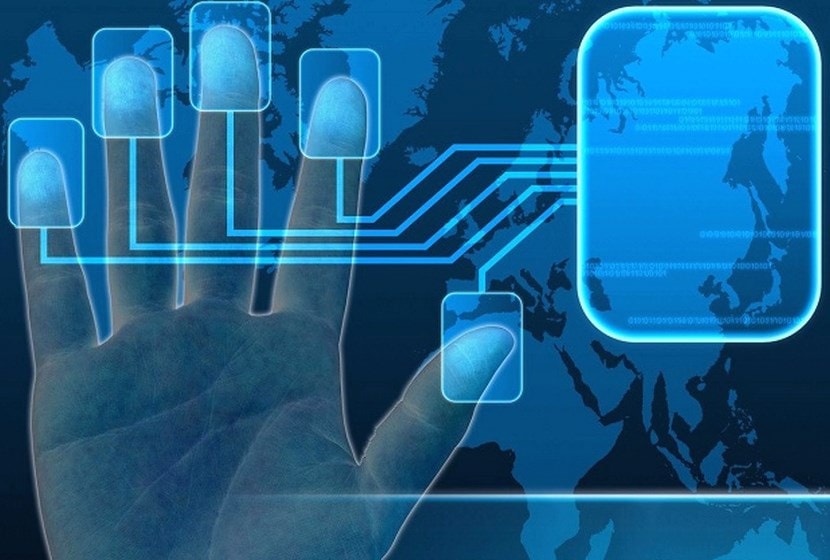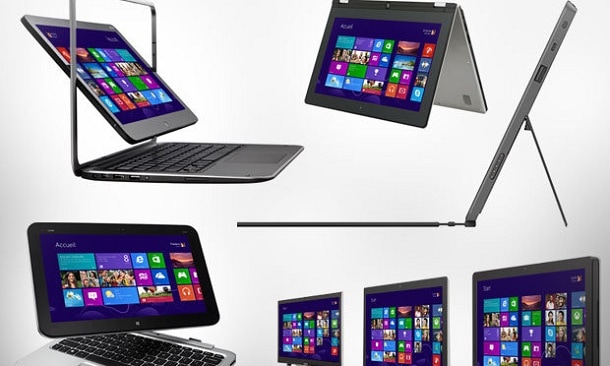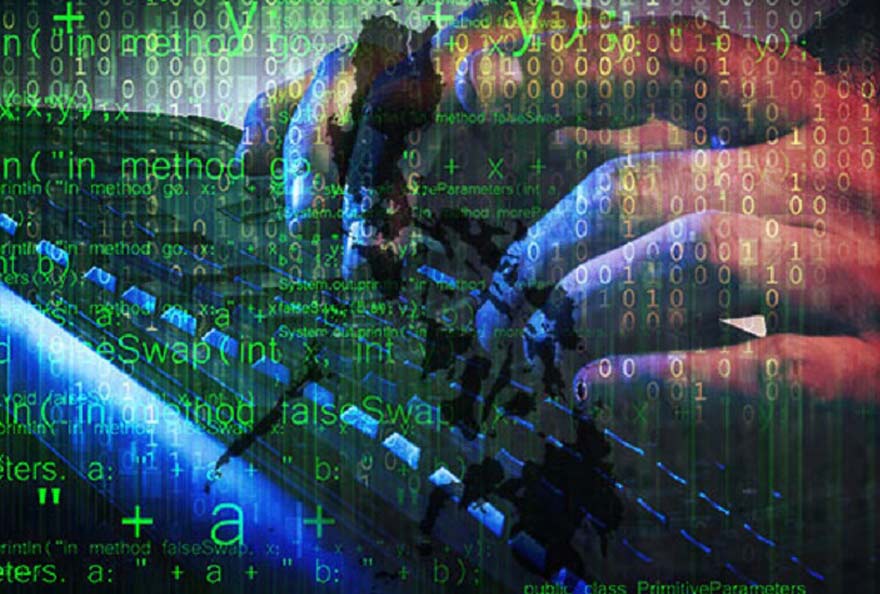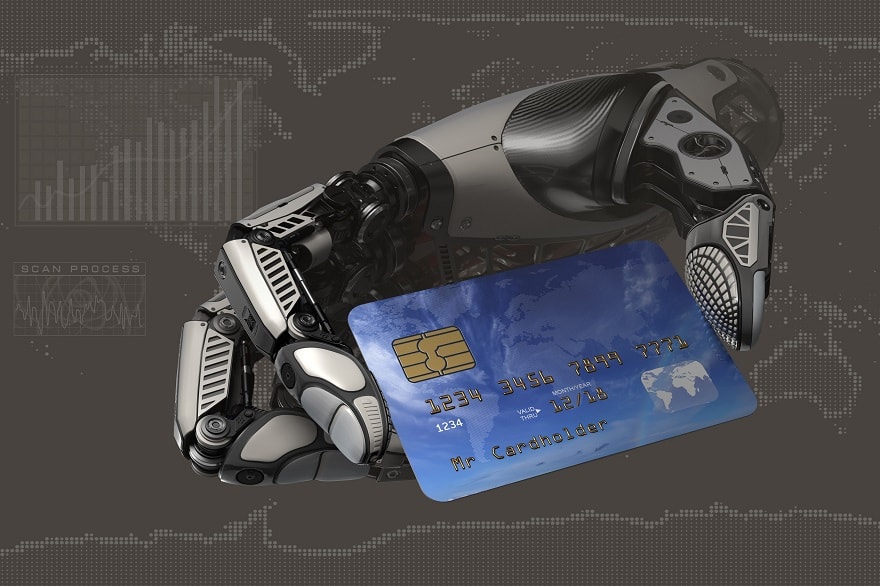What research is currently being carried out in the field of biometrics and what will be the uses of biometrics in the future? We put these questions to Bernadette Dorizzi, a researcher at Télécom SudParis (Institut Mines-Télécom), a specialist in the subject. Bernadette Dorizzi details the following points: the subjects of expertise of researchers at the Institut Mines-Télécom schools in the field of biometrics; current R&D projects; the uses of biometrics in our societies beyond the simple identification of individuals.
What are the subjects of expertise of the researchers of the Institut Mines-Télécom schools in the field of biometrics?
Bernadette Dorizzi : At Télécom SudParis, we develop algorithms to recognize people by modalities such as the face, iris and veins of the hand. Current research is oriented towards degraded image contexts. Indeed, when the constraints imposed on the user decrease (longer distance between the eye and the camera, imprecision of the position of the finger on the sensor), the images obtained are of lower quality. The new algorithms take this into account and allow image recognition despite this degradation.
Another theme concerns the detection of sensor level attacks, such as the use of fake fingers for fingerprints, iris lenses or facial images. To this end, we are starting very promising work on coherent optical tomography (OCT) techniques, which are non-invasive and contactless 3D image acquisition techniques. Finally, we are looking more specifically at the relations between biometrics and video (identification of people in crowds, video indexing).
What R&D projects are underway?
 COMIC BOOK. : We are partners in many national and European projects. At the national level, we participate in projects ANR (National Research Agency) as METHOD, whose goal is to develop a methodology for describing scenes in a video, or IRISEM, a research project on the moving iris. We are also involved in JULIETTE, a project funded by the ERDF (European Regional Development Fund) in the field of health. Its objective is to improve communication between a humanoid service robot and its human user, by giving the robot a certain sense of observation. Télécom SudParis teams are working on the recognition of the gesture and activity.
COMIC BOOK. : We are partners in many national and European projects. At the national level, we participate in projects ANR (National Research Agency) as METHOD, whose goal is to develop a methodology for describing scenes in a video, or IRISEM, a research project on the moving iris. We are also involved in JULIETTE, a project funded by the ERDF (European Regional Development Fund) in the field of health. Its objective is to improve communication between a humanoid service robot and its human user, by giving the robot a certain sense of observation. Télécom SudParis teams are working on the recognition of the gesture and activity.
Finally, two European projects are worth mentioning ITEA (Information Technology for European Advancement): IDEA4SWIFT - in which Eurecom, another school of the Institut Mines-Télécom, is also involved - and PRI-BIOSEC. The first aims to standardise border access systems for frequent travellers, using biometric passport standards.
The second aims to develop encryption systems capable of protecting biometric data against possible fraudulent use.
What will be the future uses of biometrics in our societies beyond the simple identification of individuals?
COMIC BOOK: One of the problems with biometrics is how to secure personal data. This is crucial for online commerce, for example. We have just signed a major contract with PW Consultants. Together, we will work on securing commercial transactions on the Internet to reduce credit card fraud.
In the near future, biometric techniques will be used in the fields of cybercrime and cyber defence. Thanks to similar pattern detection techniques commonly used in biometrics, they will make it possible to find similar events in video streams, and thus to re-identify people, detect intrusions, etc. These techniques will also be used to index video sequences.
About Bernadette Dorizzi
Bernadette Dorizzi is a former student of the École Normale Supérieure de Fontenay-aux-Roses (1974-78), agrégée de Mahématiques and holder of a State thesis in Theoretical Physics from the University of Paris XI. Since 1989, she has been a professor at Télécom SudParis. From 1995 to 2009, she was head of the Electronics and Physics Department at the School.
She is currently leading the INTERMEDIA (Interactions for Multimedia) research team. From 2004 to 2007, she coordinated the European network of excellence BioSecure (30 academic partners, 22 European countries). She has supervised more than 30 PhD students and is author or co-author of more than 150 national and international publications, including 50 in A-rank journals. Her areas of interest are pattern recognition, statistical learning techniques, biometrics, heterogeneous and multi-modal fusion.
About the Institut Mines-Télécom
The Institut Mines-Télécom is a public institution dedicated to higher education, research and innovation in the fields of engineering and digital technology. It is made up of the ten grandes écoles Mines et Télécom under the supervision of the Minister for Productive Recovery, two subsidiary schools, two strategic partners and a network of eleven associate schools.
The Institut Mines-Télécom is recognized nationally and internationally for the excellence of its training of engineers, managers and PhDs, its research work and its activity in the field of innovation. It is a member of the national research programming alliances Allistene, Aviesan and Athena. It maintains close relations with the economic world and has two Carnot Institutes. Every year around 100 start-ups leave its incubators. www.mines-telecom.fr
Zoom on Télécom SudParis
Télécom SudParis is a public engineering school recognized at the highest level of information and communication technologies (ICT). The quality of its training is based on the scientific excellence of its teaching staff and a pedagogy emphasizing project management, innovation and inter-culturality. Télécom SudParis shares an international campus with Télécom École de Management, and has 1,000 students, including 700 engineering students and nearly 200 PhD students. www.telecom-sudparis.eu
(Source: Institut Mines-Télécom / 17 April 2013)












